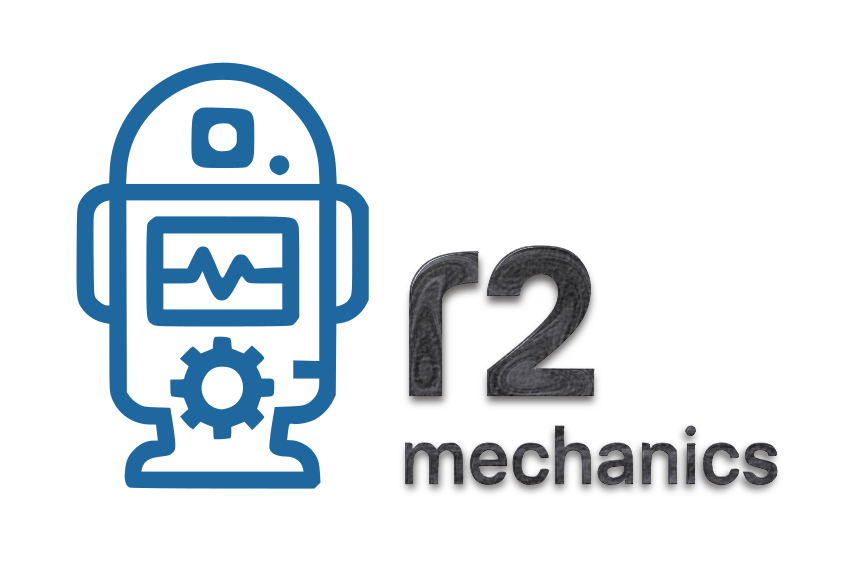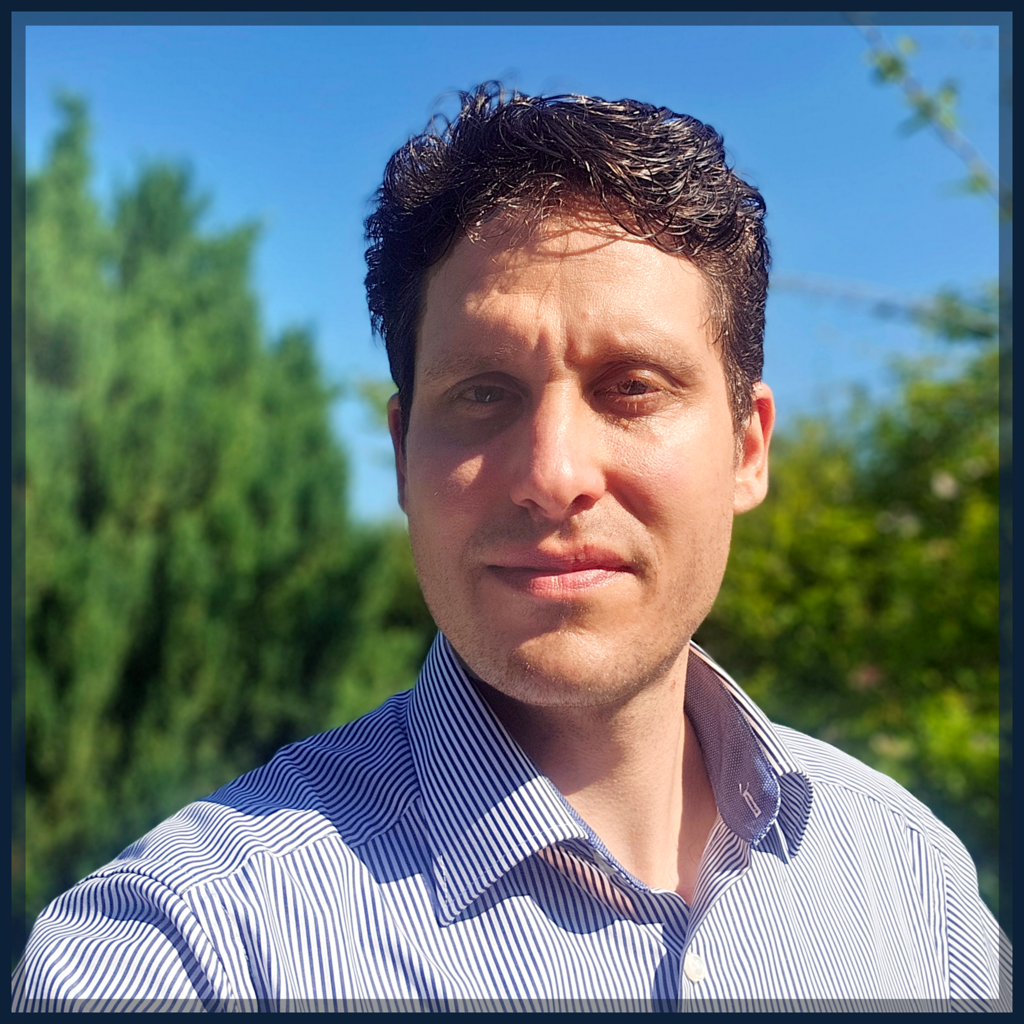
David Thiry is the founder of R2 Mechanics, a developer and systems architect focused on offline‑first, privacy‑driven solutions for archives, museums, and research institutions. With a background in building high‑performance, autonomous computing systems, he works at the intersection of technology, ethics, and cultural preservation. This article reflects his vision of transforming transcription from a static service into resilient cultural infrastructure.
Published on: July 30, 2025


Transcription as cultural responsibility: how we shape memory through context, language, and care.
In an era where artificial intelligence can seemingly transcribe every spoken word, one might ask: Do we still need specialized transcription services that manually edit, segment, verify, and refine audio content?
For many standardized applications – especially those involving studio-recorded speech with high clarity – the answer may cautiously be “no.” But as soon as we step into the realm of historical, culturally significant, or archivally complex recordings, it becomes evident: transcription is far more than just speech recognition.
It’s a process that requires precision, contextual awareness, and cultural sensitivity.
Modern AI systems are impressively capable of transcribing spoken language with high accuracy. Models like Whisper, DeepGram, or Speechmatics offer robust results even on suboptimal recordings.
But these systems operate statistically – they detect patterns, not meaning. They know no history, no social nuance, no cultural depth. What they lack is something we might call semantic responsibility – an understanding that language is more than a string of phonemes.
The limitations become visible wherever language diverges from the standardized norm: dialects, code-switching, emotional speech, hesitation, culturally embedded speech rhythms.
Especially in oral history projects, or interviews with non-academic speakers – such as Indigenous communities, post-migrant voices, or elderly generations – automation breaks down. Not because the AI is wrong, but because it is blind to significance.
When dealing with historical recordings, one often faces challenges that go far beyond what even the best AI can handle.
Many archival recordings were made on tape recorders, cassettes, MiniDiscs, or early digital devices. The audio is often affected by:
Before any transcription can happen, these recordings often require careful restoration: noise reduction, dynamic range balancing, frequency filtering – always with the goal of enhancing clarity without compromising the authenticity of the source.
This isn’t just a technical step – it’s an act of curation. A trained ear, experience, and ethical responsibility toward the source material are indispensable.
This is where the road splits: between “fast AI transcription” and an archive-grade documentation process.
Every transcription is a form of interpretation. Anyone who transcribes spoken language makes editorial choices:
These decisions have real consequences. They influence how a source will be read, quoted, and remembered. If we ignore this responsibility, we risk creating transcripts that are technically correct but contextually misleading.
Example: If a speaker repeats a certain phrase multiple times – not out of redundancy but due to emotional emphasis or struggle for expression – deleting that repetition erases the very human presence within the recording.
A transcript is not just a piece of text. It’s a historical document. It is both source and interpretation – often the only means by which a wider audience can access the spoken word.
That’s why this process must be intentional, structured, and ethically grounded. Not automated out of convenience, but composed with respect.
There is pressure, of course – for speed, for automation, for scalability. But anyone who takes the responsibility for archival sources, personal testimonies, or cultural heritage seriously must resist this pressure. Not out of nostalgia – but out of precision.
Another element often overlooked: emotional intelligence. Transcribers need more than technical and linguistic skills. They need empathy.
Many interviews involve trauma, migration, inequality, or loss. Processing such material requires dignity, care, and sensitivity – even if the transcript is meant to be “objective.”
The best transcripts don't just represent language, they preserve humanity.
Anyone who imagines transcription to be nothing more than feeding audio into software and exporting a text file holds a digital ideal, not the lived reality of working with historical or socially complex material.
Between the first second of a recording and the delivery of a usable, coherent, and respectful document lie many hours of careful, often invisible labor.
Many audio files handled in oral history or archival projects are in poor condition. They originate from non-digital formats, captured in environments never meant for professional use. Voices are muffled, layered with ambient noise – wind, street sounds, children playing, technical interference.
Standard AI transcription tools fail here. At best, they produce error-ridden word streams; at worst, meaningless gibberish.
That’s why the transcription process must often begin with digital audio restoration – not to “clean” the material, but to make it intelligible without losing its authenticity.
Once the sound has been treated, transcription can begin. But again, this isn’t about creating a text – it’s about making the person behind the voice visible.
A thoughtful transcript asks:
Transcription is not about word count. It’s about making lived experience intelligible.
Speech is more than content. It’s rhythm, tone, struggle, interruption. Especially in non-academic contexts, where speakers shape language freely, transcripts must translate – from spoken to readable language.
This means emotional signals must not be flattened or excluded. Professional transcripts preserve these elements through:
Who is this transcript for? Researchers? Community members? Family descendants? Each audience requires a different approach.
A good transcript doesn’t overwrite a voice. It builds a bridge.
Professional transcription work is modular and iterative. It moves through stages:
When we talk about transcription, we often picture tools, models, and workflows. It seems like a purely technical process: turning sound into text. But that’s not enough.
The deeper question is: Who is this text for – and what does it reveal (or conceal) about the original voice?
A transcript is never neutral. It always sits between two poles: the original voice and the reader. To bridge that gap, transcription requires double precision: technical, yes – but also cultural and ethical.
Today’s transcription tools boast impressive stats: 98% word recognition, real-time punctuation, diarization in milliseconds. These matter. But a transcript can be technically flawless – and still unjust, if it:
True precision is not about eliminating typos. It’s about preserving meaning, identity, and agency.
In South America, numerous ethnographic projects documented oral traditions of Indigenous groups such as the Aymara, Quechua, and Nahuatl peoples. Recordings were often transcribed into Spanish or English – for academic use. But many of the original speakers – healers, elders, storytellers – never had access to the transcripts.
Later initiatives offered bilingual transcription – one version for research, one for the original community. This was not activism – it was common sense and respect. Giving someone access to their own voice is a form of cultural repair.
A difficult but essential question. Who deserves access to a transcript? Researchers? Archive staff? Or also grandchildren who want to hear a grandmother speak again?
At R2 Mechanics, we work from a simple premise: A good transcript is not just clean – it is emotionally and culturally readable.
Yes, we use tools. Yes, we develop efficient pipelines. But no system – however advanced – can recognize:
That’s why we offer transcription not as an automatic export – but as a collaborative process. Together with our clients, we decide: How visible should context be? What degree of literary refinement is appropriate? Should this transcript preserve rawness or offer clarity?
In the end, what we deliver is not “just a transcript.” We offer a bridging document: between past and present, between speaker and listener, between data and story, between sound and meaning.
If that bridge is stable, transparent, and aesthetically sound – then we have done our job.
To institutions, archives, media teams, museums, families, and researchers:
Let’s rethink transcription not as a mechanical step – but as a shared act of listening, understanding, and preserving. Together, we can ensure that the voices we document don’t just survive – but continue to resonate.